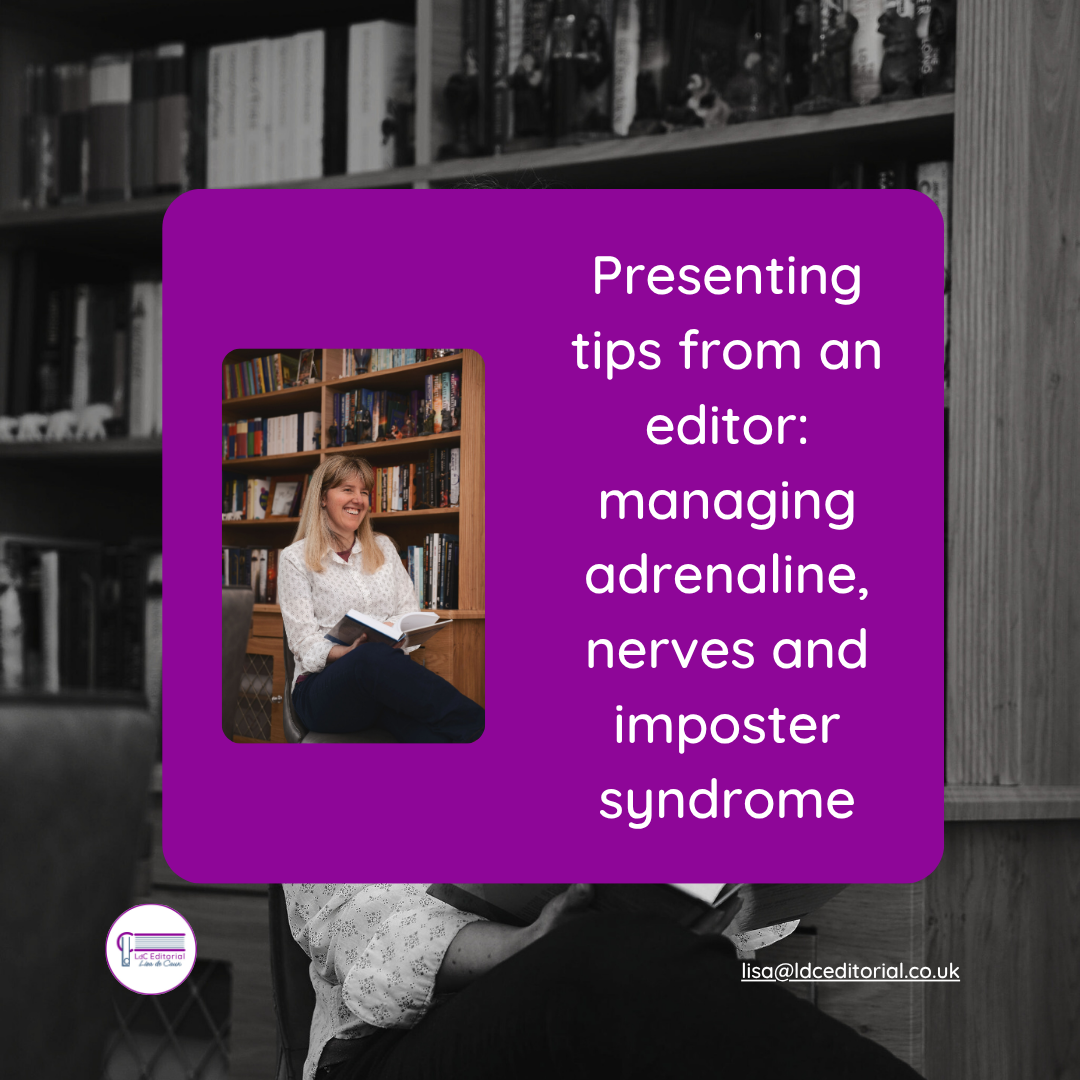What is proofreading?
Lisa De Caux • 30 January 2020
When someone says they’re looking for a proofreader, it’s really important to start with a conversation about what they want to achieve with proofreading.
This being the case, I’ll talk about understanding what you need and proofreading, as well as briefly mentioning copyediting and proof-editing.
Proofreading is the final stage in editing a document, before you share it or publish it. It is the last double-check and tidy-up. It comes after the typesetter/designer’s work, and it’s done when the document is in its final layout.
I’m going to talk about the ‘document’ here. These principles apply to whatever you’re going to share or publish, whether it’s a report, a blog, a book, a website, a CV or another piece of content.
Proofreading can be done on screen or on paper and is often done ‘blind’ these days – the proofreader doesn’t see an edited version of the document before they proofread. It can be useful to have different people to do the proofreading and editing stages as that adds extra sets of eyes to the process.
If you ask a professional proofreader to look at your document, you’ll receive a defined service, provided by independent, fresh eyes, and any changes will be clearly marked up for you to decide how to take action.
I’ll talk about my process, which will be similar for my editorial colleagues.
Understanding what you need
When you, the author/project manager, ask me to proofread your document, my first task is to understand your context, including your timescale. As we discussed earlier, people have different ideas when they say ‘proofreading’.
I’ll ask if your document is in development
(in this case, you may want editing) or if it is ready to publish
(this will be proofreading, the last stage of the editing process).
As part of our conversation, we’ll agree a brief. The brief is my terms of reference and I’ll use it to build my working checklist so that I look at everything we’ve agreed.
Depending on how close your document is to being published, this brief may cover copyediting or proof-editing.
Proofreading
Assuming that you're ready to publish, I'll build a working checklist, based on the brief, and start my proofread.
The specific tasks will vary with each project. Here are some tasks that a proofreader may undertake:
- Check that the house style guide and editing conventions have been followed
- Run relevant macros and specialist editorial software
- Check sequential numbering of pages, chapters, footnotes etc
- Check cross-referencing of tables
- Check that artwork is the right way up and that captions are consistent
- Check consistency of format, for instance, headings and subheadings
- Close read the document for grammar, spelling, punctuation and accuracy.
Close reading is a really important proofreading technique. Our brains will often read what they expect to be there and, as proofreaders, we retrain our brains to see what is actually there.
Learning this technique was a key part of my proofreading training. For instance, are words used in the right context? The meanings of causal and casual are very different, but it would be easy to type one when you meant the other. And they’re both real words so an automated spellcheck wouldn’t see the problem.
When the brief has been completed, I’ll return the clearly marked-up project to you. You’ll easily be able to decide how to deal with my comments.
Copyediting
Copyediting is about preparing for publication. Where proofreading is the final double-check, copyediting happens earlier – it’s about reviewing the document before the typesetter/designer receives it.
Copyediting involves looking at consistency, accuracy, readability, and fitness for purpose, as well as grammar, spelling, punctuation and formatting.
Proof-editing
Proof-editing falls between copyediting and proofreading.
You might be in development, but the deadline is looming and you don’t have time for a full copyedit. Proof-editing often works well for businesses.
I have a client who asks for a ‘proofread/revision’, which I always feel is a useful way to describe proof-editing.
If you’d like more information about editing and proofreading, I heartily recommend checking out the Chartered Institute of Editing and Proofreading.

Would you like to know what happens when you send your work to a professional proofreader? In this blog post, I walk you through how I approach proofreading – step by step – to make sure your writing is ready to connect with your readers. If you're thinking about working with me, this will give you a clear idea of my process and what you can expect.











